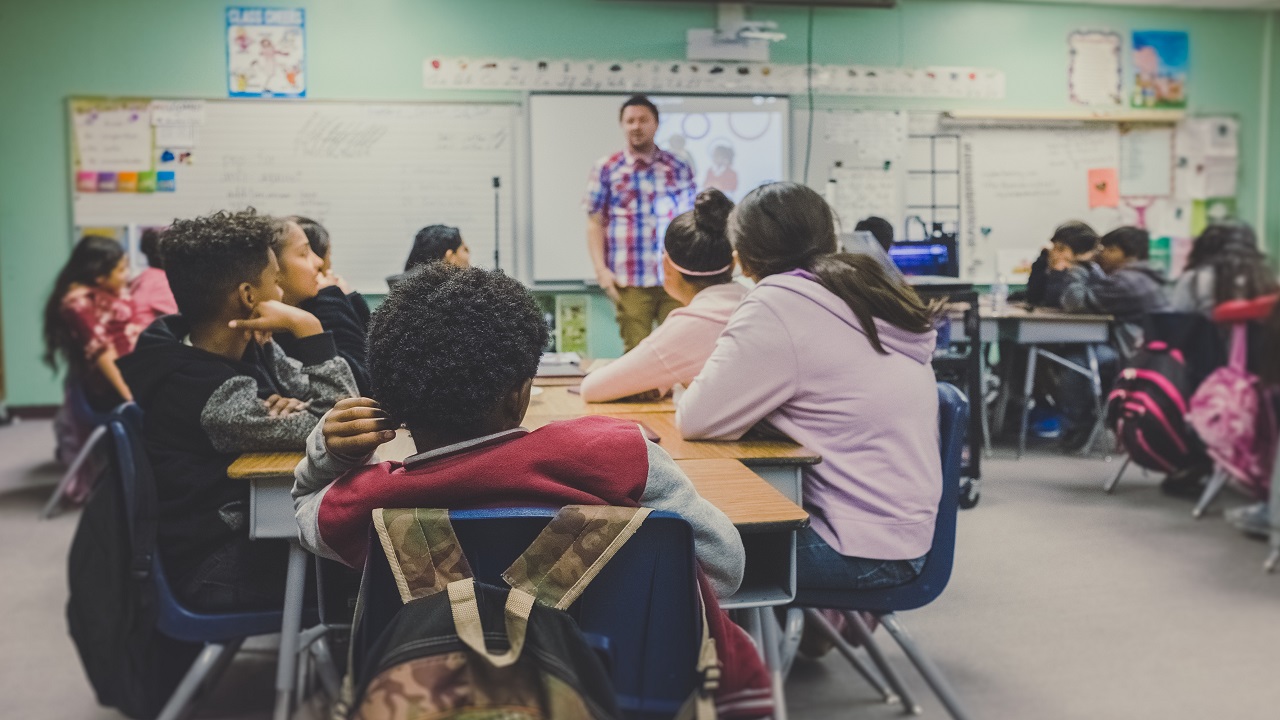From Bias to Empowerment: Combating Discrimination in Education
In this blog post titled "From Bias to Empowerment: Combating Discrimination in Education," we delve into the detrimental effects of discrimination in educational systems and explore strategies to foster inclusive and equitable learning environments. From unequal opportunities to stereotypes and bullying, discrimination takes various forms within education. To combat this, we discuss the importance of inclusive policies, educator training, diverse curricula, anti-bullying programs, and community engagement. By actively addressing discrimination, we can empower students, celebrate diversity, and create a more just and inclusive education system.

Introduction: Education is meant to be a transformative force, a pathway to knowledge, growth, and empowerment. However, in many societies, discrimination continues to plague educational systems, hindering the progress and potential of marginalized individuals. From bias based on race, gender, or socioeconomic status to unequal access to resources, discrimination takes on various forms within educational institutions. In this blog post, we will explore the detrimental effects of discrimination in education and discuss strategies to shift from bias to empowerment, fostering inclusive and equitable learning environments for all.
Understanding Discrimination in Education
Discrimination in education is a multifaceted issue that encompasses various dimensions. It involves differential treatment, bias, or unfair practices that restrict or impede certain groups' access to quality education. Discrimination can manifest in different ways, such as:
-
Unequal Educational Opportunities: Marginalized communities often face limited access to quality education due to systemic barriers, inadequate resources, or geographic constraints. This perpetuates a cycle of disadvantage and reinforces social inequalities.
-
Stereotyping and Bias: Prejudices and stereotypes based on race, ethnicity, gender, or socioeconomic status can shape educators' expectations and perceptions of students. This bias can lead to lowered expectations, reduced support, and unequal treatment, adversely affecting students' academic achievements and self-esteem.
-
Bullying and Harassment: Discrimination can also manifest in the form of bullying and harassment within educational settings. Students who are perceived as different may be subjected to verbal, physical, or emotional abuse, leading to a hostile learning environment and hindering their educational experience.
-
Curriculum and Textbook Bias: Educational materials that perpetuate stereotypes, omit diverse perspectives, or marginalize certain groups contribute to discrimination. This can limit students' exposure to different cultures, histories, and ideas, reinforcing biases and undermining their understanding of a pluralistic society.
Combating Discrimination in Education
To create a transformative educational environment that fosters empowerment, it is crucial to address and combat discrimination. Here are some strategies that can help shift from bias to empowerment:
-
Inclusive Policies and Practices: Educational institutions should develop and implement inclusive policies and practices that promote diversity, equity, and inclusion. This includes creating admission processes that ensure equal opportunities for all, offering scholarships and financial aid programs, and establishing mechanisms to address discrimination complaints effectively.
-
Educator Training and Sensitization: Providing comprehensive training to educators on cultural competence, implicit bias, and inclusive teaching practices is vital. By equipping educators with the knowledge and skills to recognize and challenge their biases, they can create inclusive classroom environments that foster student empowerment and success.
-
Diverse and Inclusive Curriculum: Educational curricula should be diverse and inclusive, representing a range of perspectives, cultures, and experiences. By incorporating diverse authors, historical narratives, and global perspectives, students can develop a more comprehensive understanding of the world and challenge stereotypes.
-
Anti-Bullying Programs: Implementing robust anti-bullying programs within schools is essential to prevent and address discrimination. Such programs should emphasize empathy, respect, and acceptance, fostering a culture of inclusivity and discouraging any form of harassment or prejudice.
-
Community Engagement and Partnerships: Collaborating with local communities and organizations that advocate for equality and inclusivity can strengthen efforts to combat discrimination. Engaging parents, community leaders, and stakeholders in dialogue and decision-making processes ensure a collective effort toward an inclusive education system.
Conclusion
Transforming education from a realm of discrimination to one of empowerment requires concerted efforts from policymakers, educators, and society as a whole. By recognizing the detrimental effects of bias and discrimination in education, and actively working to dismantle them, we can create inclusive learning environments where all individuals have equal opportunities to thrive. Let us strive to build educational systems that foster empowerment, celebrate diversity, and equip students with the tools they need to shape a more just and inclusive society.










